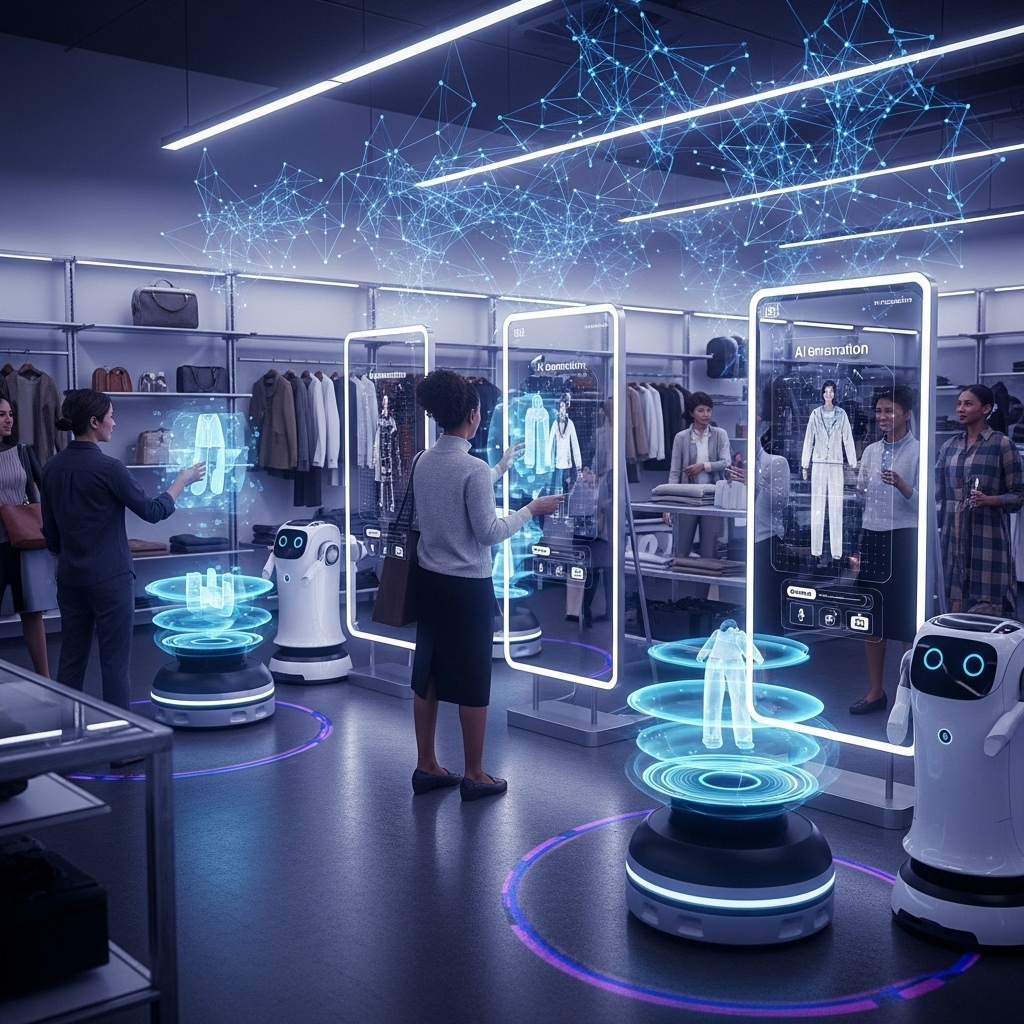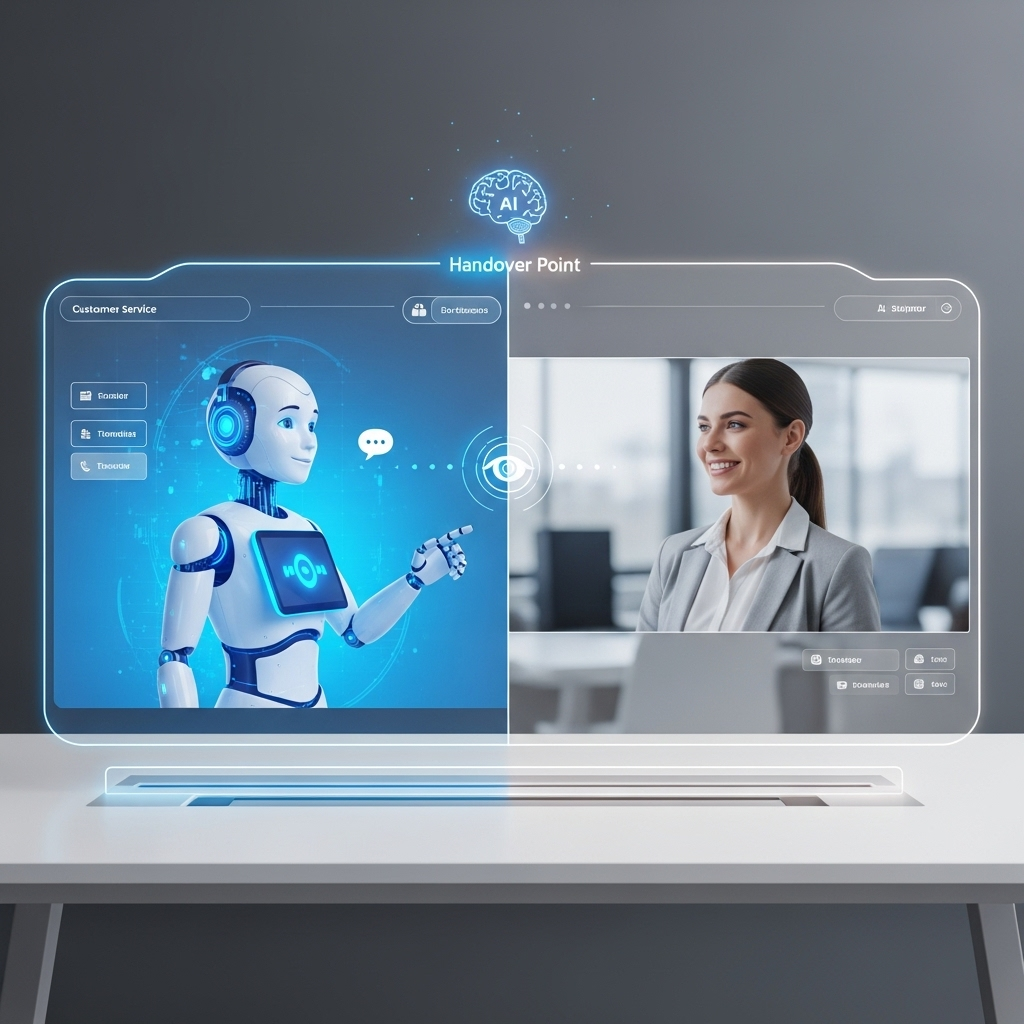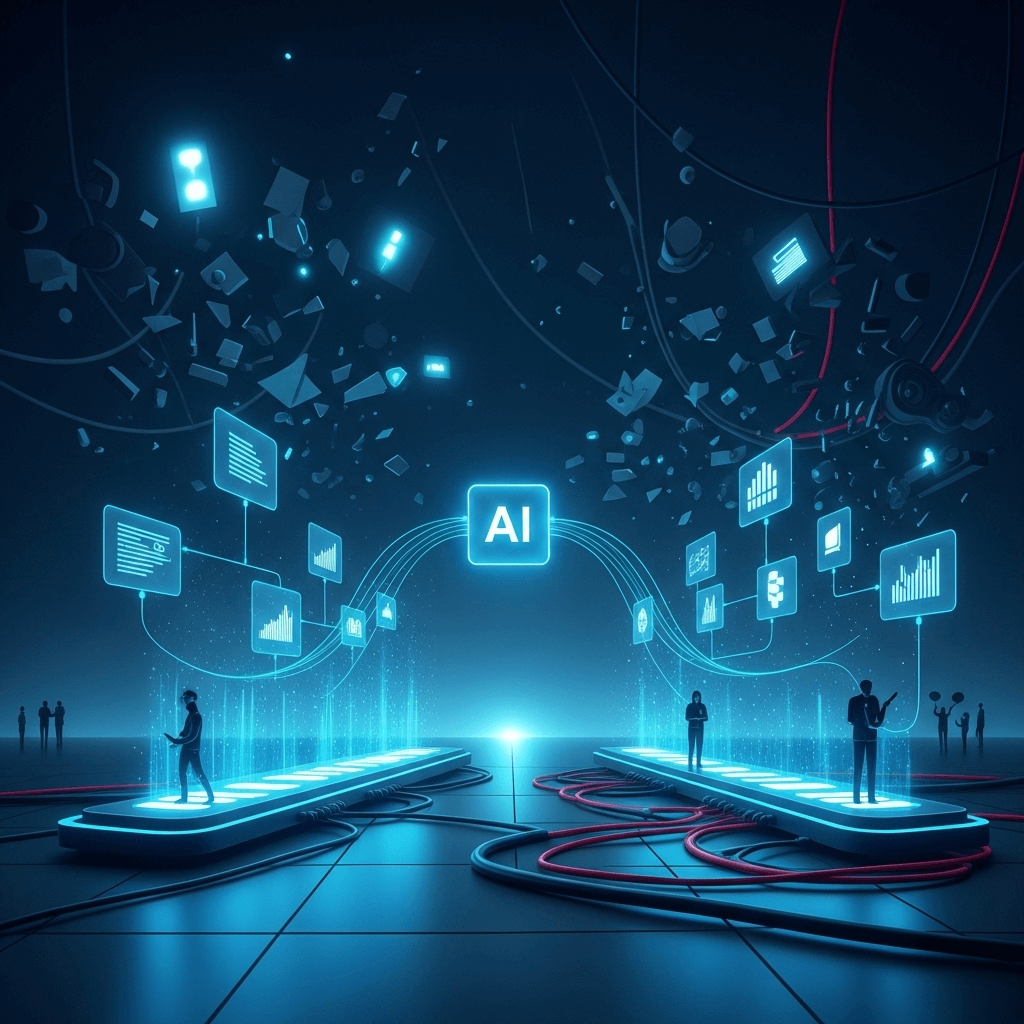Beyond Pilots: The Enterprise AI Shift to Measurable Impact in 2025

The Shifting Sands of Enterprise AI: From Experimentation to Execution
The world of Artificial Intelligence in the enterprise isn’t just evolving; it’s undergoing a fundamental transformation. While 2024 saw many organizations eagerly dipping their toes into AI—running proof-of-concepts, pilots, and experimental projects—2025 marks a critical pivot. The focus has sharpened dramatically: success is no longer about simply trying AI, but about embedding it strategically into core business workflows with clear, measurable outcomes.
This isn’t just a nuance; it’s a paradigm shift with significant financial and operational implications. The era of ‘AI for AI’s sake’ is receding, making way for a pragmatic, value-driven approach.
2024: The Age of Exploration and Discovery
Last year was characterized by widespread experimentation. Businesses explored various AI capabilities, from generative models to predictive analytics, attempting to understand what was possible. Many organizations invested in:
- Pilot Projects: Small, isolated initiatives designed to test specific AI applications.
- Proof-of-Concepts (POCs): Verifying the feasibility of an AI solution for a particular business problem.
- Technology Scouting: Evaluating different AI vendors and platforms.
- Internal Skill Building: Training teams and hiring AI talent.
While invaluable for learning, this phase often led to a proliferation of disconnected projects, making it challenging to quantify collective ROI or scale successful initiatives across the enterprise.
2025: The Mandate for Measurable Impact
As we navigate 2025, the conversation has shifted from ‘what can AI do?’ to ‘what measurable value is AI delivering?’ The mandate is clear: move beyond endless pilots to strategic, integrated deployments. This new focus is driven by several factors:
- ROI Demands: Stakeholders and executive leadership require tangible returns on significant AI investments.
- Market Maturity: AI technologies have matured, offering more reliable and robust solutions for specific business challenges.
- Competitive Pressure: Companies that effectively integrate AI gain a significant competitive edge in efficiency, innovation, and customer experience.
- Operational Efficiency: The need to streamline processes and reduce costs is ever-present, making AI an attractive tool for automation and optimization.
The emphasis is now on integrating AI directly into workflows where its impact can be tracked and quantified. Think customer service chatbots that reduce resolution times by X%, or supply chain AI that predicts demand with Y% greater accuracy, leading to Z% inventory cost reduction.
Embedding AI in Action: Key Areas of Focus
For organizations to truly succeed in 2025, AI must be thoughtfully woven into the fabric of daily operations. Here’s what that looks like:
- Customer Experience: AI-powered personalization, intelligent chatbots, and predictive service tools that directly improve customer satisfaction metrics and reduce support costs.
- Operational Optimization: AI in logistics, manufacturing, and internal processes to identify bottlenecks, forecast maintenance needs, and optimize resource allocation.
- Financial & Risk Management: AI for fraud detection, credit risk assessment, market trend analysis, and automated financial reporting, leading to greater accuracy and compliance.
- Product Development: AI assisting in R&D, accelerating design cycles, and generating insights from user feedback to create more compelling products.
- Human Resources: AI tools for talent acquisition, employee engagement analysis, and personalized learning and development pathways.
Charting a Course for Success: Beyond Experimentation
To navigate this shift successfully, enterprises must adopt a strategic mindset:
- Define Clear Business Objectives: Before deploying any AI, articulate the specific business problem it will solve and the measurable outcome it aims to achieve.
- Prioritize Workflow Integration: Identify core workflows where AI can have the most immediate and significant impact, then design solutions that seamlessly integrate rather than stand alone.
- Establish Robust Measurement Frameworks: Implement KPIs and metrics from the outset to continuously track AI’s performance and ROI.
- Foster a Data-Driven Culture: Ensure data quality and accessibility, as high-quality data is the lifeblood of effective AI.
- Invest in Responsible AI Governance: Address ethical considerations, data privacy, and model transparency to build trust and ensure compliance.
The move from experimentation to embedded, measurable AI isn’t just a trend; it’s the maturity of enterprise AI. Organizations that embrace this strategic pivot will be the ones that truly unlock the transformative power of AI, driving sustained growth and competitive advantage in the years to come.

 English
English 


































































































